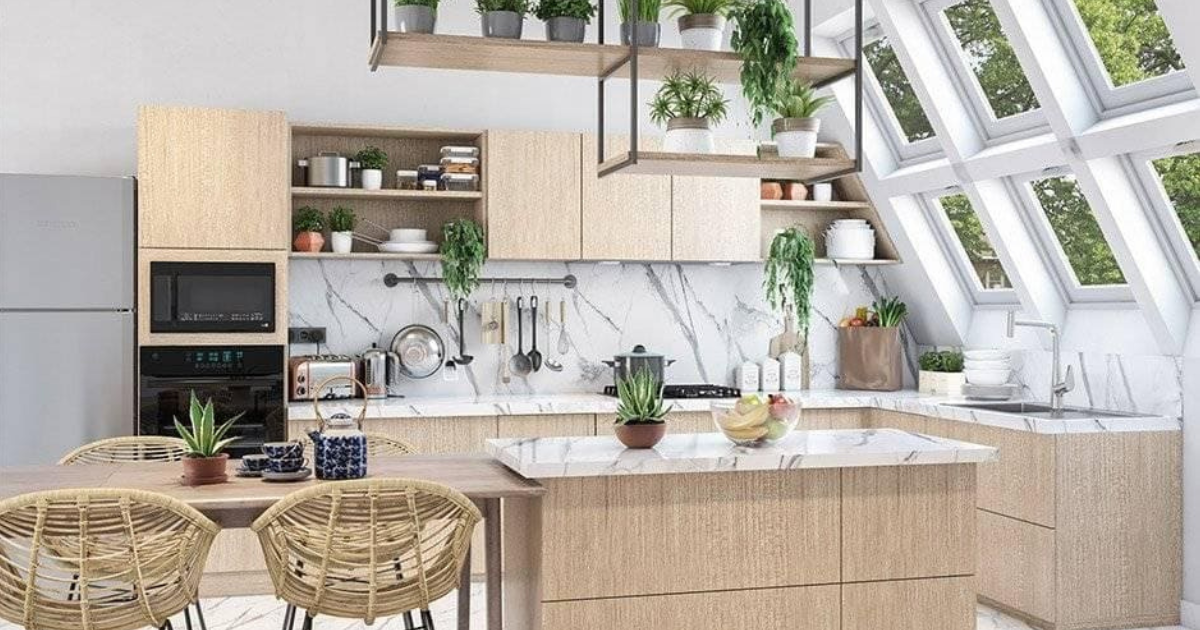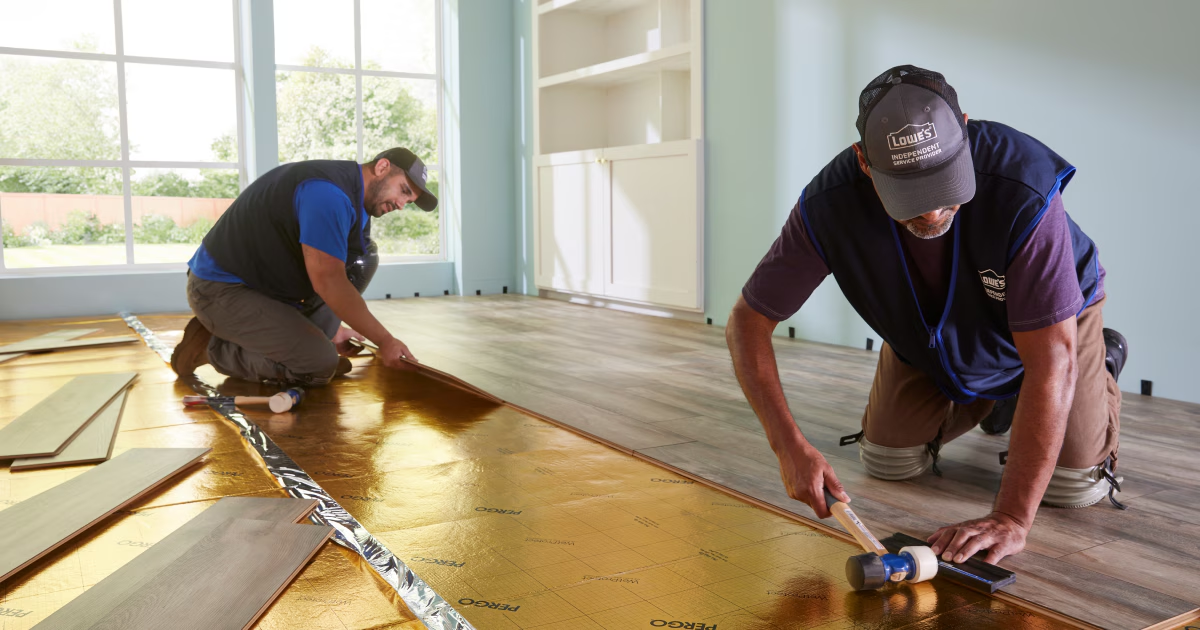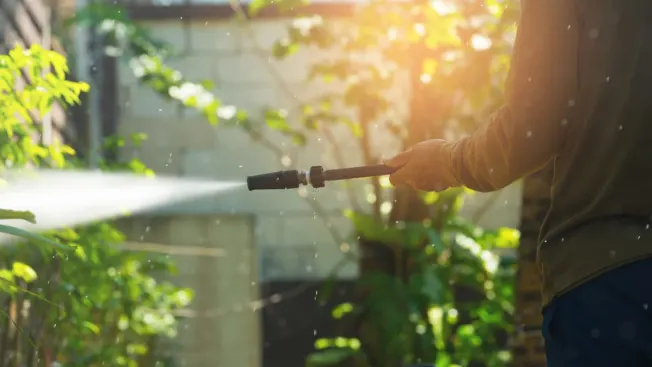Eco friendly kitchen remodeling is one of the smartest ways to upgrade your home today. It’s not just about style—it’s about making choices that are better for your health, your wallet, and the planet. From cutting energy use to reducing waste, a green kitchen gives you a modern, efficient space that feels just as good as it looks.
People are rethinking the way they design their kitchens. Why? Because every material, appliance, and fixture has an impact. Whether you’re planning a full remodel or just looking to make small changes, going green in the kitchen is easier than you might think—and the benefits last for years.
Why Go Green in the Kitchen?
The kitchen uses more energy and water than almost any other room. It also creates a lot of waste. Going green helps cut down on all of that. You save money on utility bills, reduce harmful chemicals in your home, and shrink your carbon footprint.
It’s not just good for the Earth—it’s good for you. A green kitchen means healthier air, safer materials, and smart tools that make life easier. And it doesn’t have to be hard or expensive. Even small changes, like using energy-saving lights or low-flow faucets, can make a big difference.
Ready to see how? Let’s dive into the best eco-friendly upgrades for your kitchen.
12 Smart Upgrades for a Greener Home
Sustainable Cabinetry Choices
Cabinets take up a huge amount of space in the kitchen, so what they’re made of matters. Instead of traditional plywood or particle board that may contain formaldehyde and other toxins, go with cabinets made from reclaimed wood, bamboo, or FSC-certified wood. These options look great and are much better for the environment.
Using reclaimed wood adds character to your space. Every piece tells a story and keeps materials out of landfills. Bamboo is fast-growing and super renewable. FSC-certified wood ensures the materials come from responsibly managed forests. It’s a win for your home and the planet.
Eco-Friendly Countertop Materials
Your kitchen countertops take a lot of wear and tear, so durability is important—but so is sustainability. Recycled glass, paper composite, and concrete with recycled content are all excellent options. They look stylish, last for years, and are made using materials that would otherwise go to waste.
You can even find countertops made from recycled aluminum or bio-glass. These give your kitchen a modern feel and help reduce demand for new raw materials. Plus, many eco-friendly surfaces are low maintenance and naturally resistant to bacteria.
Energy-Efficient Appliances
Old appliances waste a lot of energy. When you upgrade to ENERGY STAR-rated appliances, you cut down on electricity and water use without sacrificing performance. Fridges, dishwashers, and ovens have come a long way. They use smarter technology to do more with less.
Look for appliances that have smart features like programmable settings or energy-saving modes. Some fridges even remind you when you’ve left the door open! These small improvements make a big difference over time.
Water-Saving Fixtures
Every drop counts. Low-flow faucets and aerators reduce water use without affecting pressure. Modern dishwashers and faucets are designed to clean effectively while using less water. Touchless faucets also help by turning off automatically when not in use.
Installing a water filtration system can reduce the need for bottled water, cutting down on plastic waste. It’s better for your health and better for the environment.
Sustainable Flooring Options
Your kitchen floor gets a lot of foot traffic, so it needs to be strong. But it can also be sustainable. Cork and bamboo are top picks. They’re renewable, comfy underfoot, and look great. You can also go with recycled tile or reclaimed hardwood for a unique, eco-conscious touch.
Sustainable flooring doesn’t mean boring. There are tons of styles, colors, and finishes to match your kitchen’s vibe. And because these materials are often treated with fewer chemicals, they’re safer for your indoor air quality.
Non-Toxic Paints and Finishes
Traditional paints can release harmful VOCs (volatile organic compounds) into your home’s air. Low-VOC or zero-VOC paints and sealers are a healthier choice. They come in just as many colors and finishes, so you don’t have to compromise on style.
These options are safer for kids, pets, and anyone with allergies or sensitivities. You’ll breathe easier—literally—knowing your kitchen is both stylish and safe.
Maximizing Natural Light
Good lighting makes a kitchen feel bigger, warmer, and more inviting. The best light is free: sunlight. Adding or enlarging windows, installing skylights, or using light-reflecting surfaces can dramatically improve your kitchen’s brightness without flipping a switch.
The more you use natural light, the less you rely on electric lighting during the day. That means lower energy bills and a more comfortable space.
Smart Kitchen Technologies
Smart devices aren’t just for fun—they can help you live more sustainably. Smart thermostats, lighting systems, and even ovens can optimize your kitchen’s energy use. Motion-sensor lights, timers, and remote controls help reduce waste by making sure you’re only using energy when you need it.
Smart plugs and outlets can even track how much energy your appliances are using. Knowledge is power—and it can lead to lower bills.
Incorporating Indoor Plants
Plants do more than decorate—they clean the air, boost your mood, and bring life into your kitchen. Herbs like basil, mint, or rosemary are easy to grow and useful in cooking. You can keep them on a windowsill or in hanging planters.
A small vertical garden or plant wall adds a natural vibe to the kitchen. Plus, taking care of plants is a calming daily habit that makes your space feel more personal.
Waste Reduction Strategies
A green kitchen should help you reduce what goes into the trash. Add a compost bin to handle food scraps. Set up a clear system for recycling. Use reusable containers instead of plastic bags or wraps.
Installing a pull-out drawer for waste sorting makes it easy to keep everything organized. You don’t have to be perfect—just start where you can and build better habits.
Choosing Sustainable Lighting
LED bulbs use less energy and last way longer than traditional bulbs. Combine that with dimmer switches or motion sensors, and you’ve got an energy-saving setup that still gives you full control over the vibe in your kitchen.
Choose light fixtures made from recycled or responsibly sourced materials. Even something as small as a lamp can support sustainability.
Supporting Local and Sustainable Brands
Buying local reduces shipping emissions and supports your community. Look for kitchen materials and products from brands that use sustainable practices. This includes everything from cabinets to cookware.
When you invest in brands that care about the planet, you encourage more companies to do the same. It’s a powerful way to vote with your wallet.
Conclusion
Remodeling your kitchen with the planet in mind isn’t just smart—it’s necessary. Every eco-friendly choice you make helps reduce your impact, save money, and create a healthier space. And the best part? You don’t have to give up style or function. In fact, you gain a kitchen that’s modern, thoughtful, and built for the long haul.
Start small or go big—just start. The planet will thank you. So will your future self.
Frequently-Asked Questions (FAQS)
Some eco-friendly materials may cost more upfront, but they often save money in the long run through durability and energy savings.
Recycled glass, paper composite, and bamboo are among the top sustainable options.
Yes. Simple changes like swapping to LED bulbs, adding a compost bin, or using non-toxic cleaners can make a big difference.
Yes, bamboo grows quickly and doesn’t need replanting, making it a renewable and sustainable choice.
ENERGY STAR is a government-backed label for appliances that meet energy efficiency guidelines.





